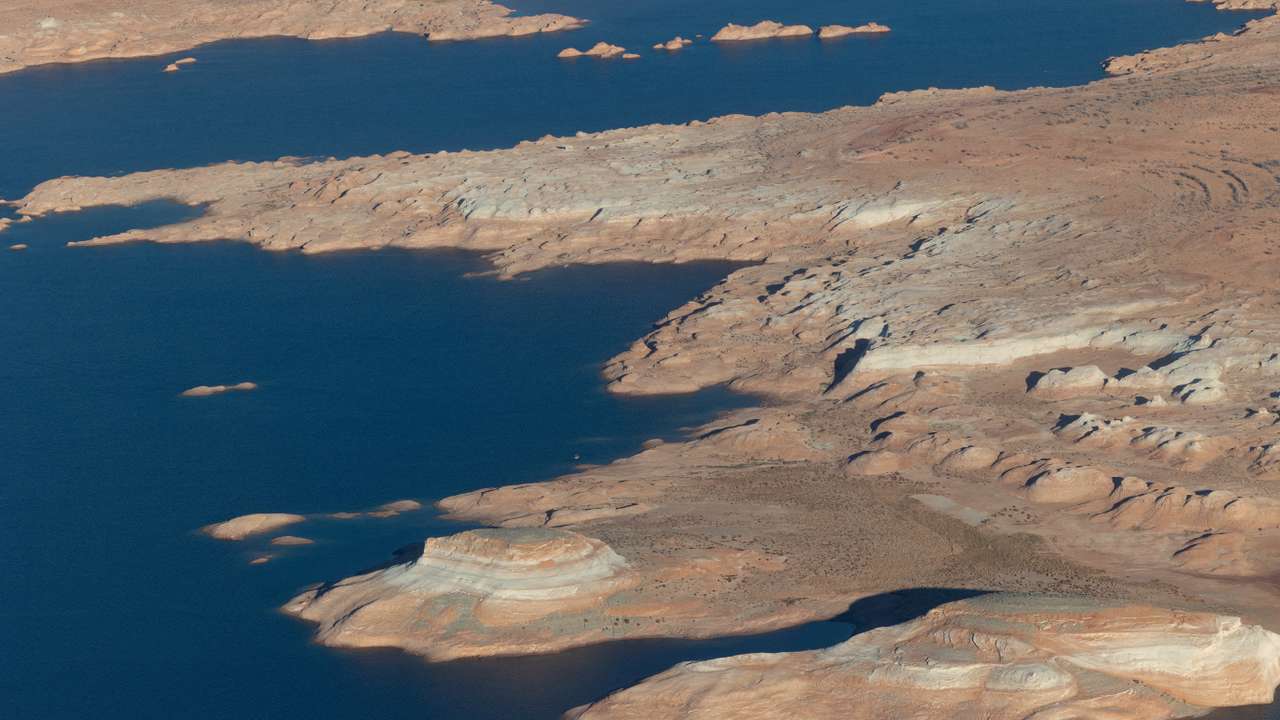Commercial deep-sea desalination plants to be rolled out in 2026: Does it solve water scarcity?

In 2026, commercial deep-sea desalination plants are set to launch, promising a new frontier in addressing global water scarcity.
With nearly half the world’s population facing water shortages and 2.2 billion people lacking access to safely managed drinking water, these facilities could provide a lifeline. But can they truly solve the crisis?
Desalination
Desalination is the removal of salt from seawater to produce drinking water.
A proven model: Israel’s desalination success
Israel produces 585 million cubic meters of desalinated water annually, of which 25% is drinking water. The country has largely overcome water scarcity through five coastal plants, with two more plants set to boost output to 900 million cubic meters by 2026, covering 85 to 90% of municipal and industrial needs. Israel has shifted from water stress to surplus, even exporting 200 million cubic meters to Jordan in a 2022 solar-water deal, coupled with a 90% wastewater recycling rate
“Desalination has ended our water worries,” said Tamar Zandberg, Israel’s Environmental Protection Minister, in an interview with Energy Monitor.
Global expansion and economic challenges
The global desalination market is projected to grow from $15.2 billion in 2022 to $22.5 billion by 2026, driven by demand in the US and China (Global Industry Analysts, 2023). High costs remain a barrier since large-scale plants cost hundreds of millions to build, and operating expenses range from $0.50–$1.50 per cubic meter, with Israel’s Sorek B plant setting a low benchmark at $0.41/m3. These costs are less feasible for poorer nations, where project financing and labour expenses are less favourable, according to Christopher Gasson of Global Water Intelligence.
Sub-Saharan Africa faces a projected 163% surge in water demand by 2050, which exemplifies the challenge. While 186 desalination plants are under construction globally, most are in wealthier regions like the Middle East, where renewable energy adoption remains low, which is less than 20% in desert nations.
Energy and environmental hurdles
Desalination’s energy demands, accounting for 0.4% of global electricity and 10% in Israel, pose a significant obstacle. For desalination to align with net-zero goals, renewable energy must replace fossil fuels. It is estimated that solar-powered desalination could reduce costs from $2.60/m3 in 2015 to $1.05/m3 by 2050, making it more viable, a 2020 study by Christian Breyer reveals.
Innovations like Oneka’s wave-powered buoys, which use ocean motion to drive reverse osmosis, and Desolenator’s solar-powered, zero-liquid-discharge systems are reducing emissions and land use. Morocco’s planned desalination plant will serve 9.3 million people by 2030, and Namibia’s Walvis Bay project highlights growing adoption in Africa, according to FairPlanet.
A partial solution
The process is not a panacea but a vital tool that addresses immediate shortages, as seen in Israel and planned projects like Cape Town’s climate-resilient plant. Its high costs and energy demands limit accessibility for low-income nations. Environmental concerns, such as the impact of brine disposal on marine ecosystems, persist, though green innovations are mitigating these risks. Complementary strategies like water recycling, drip irrigation, and demand reduction can reduce reliance on desalination.
With 20,000 plants producing 25 billion gallons daily and a market projected to hit $37 billion by 2032, desalination is expanding. Water scarcity remains a top global threat, the World Economic Forum’s 2024 Global Risks Report notes.
For desalination to be a sustainable solution, it must be paired with renewable energy and equitable financing to ensure access for all.
This story is written and edited by the Global South World team, you can contact us here.